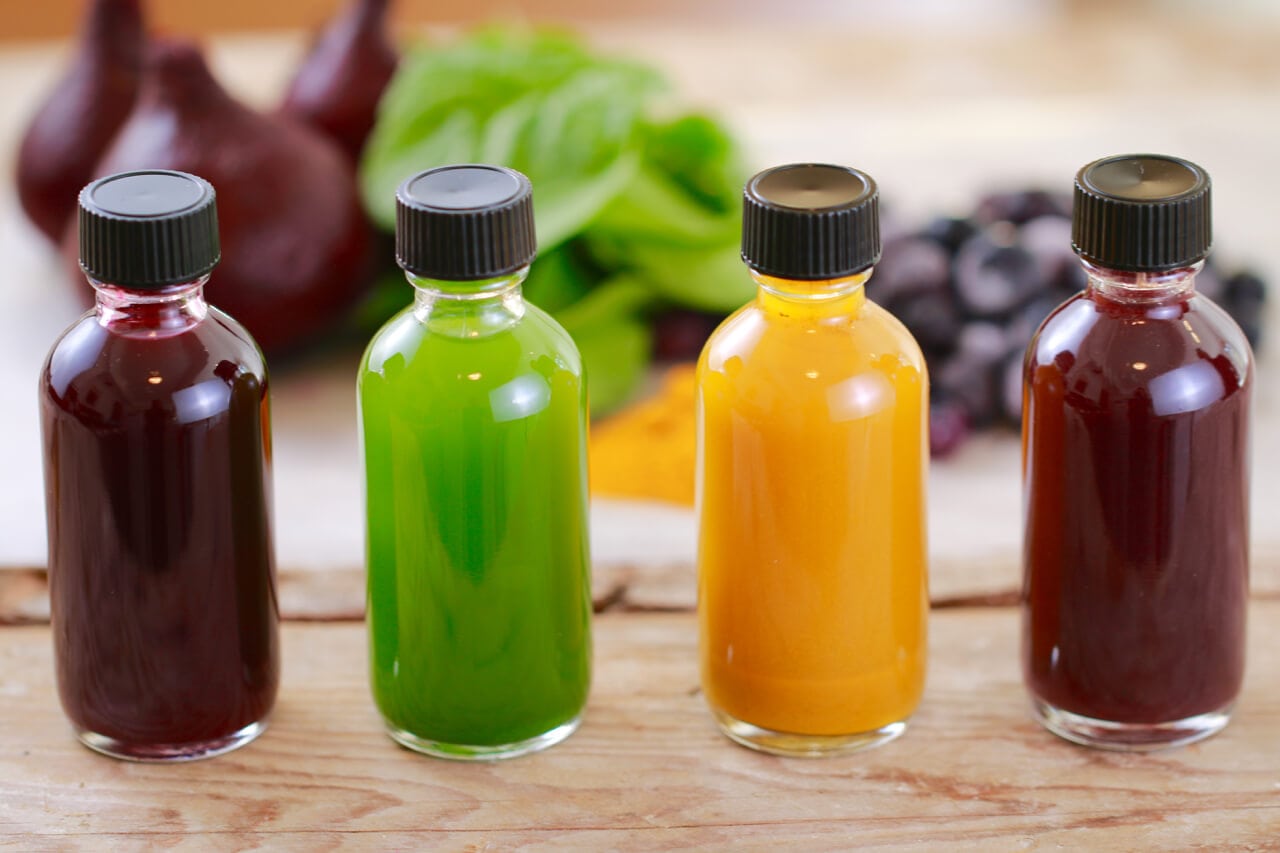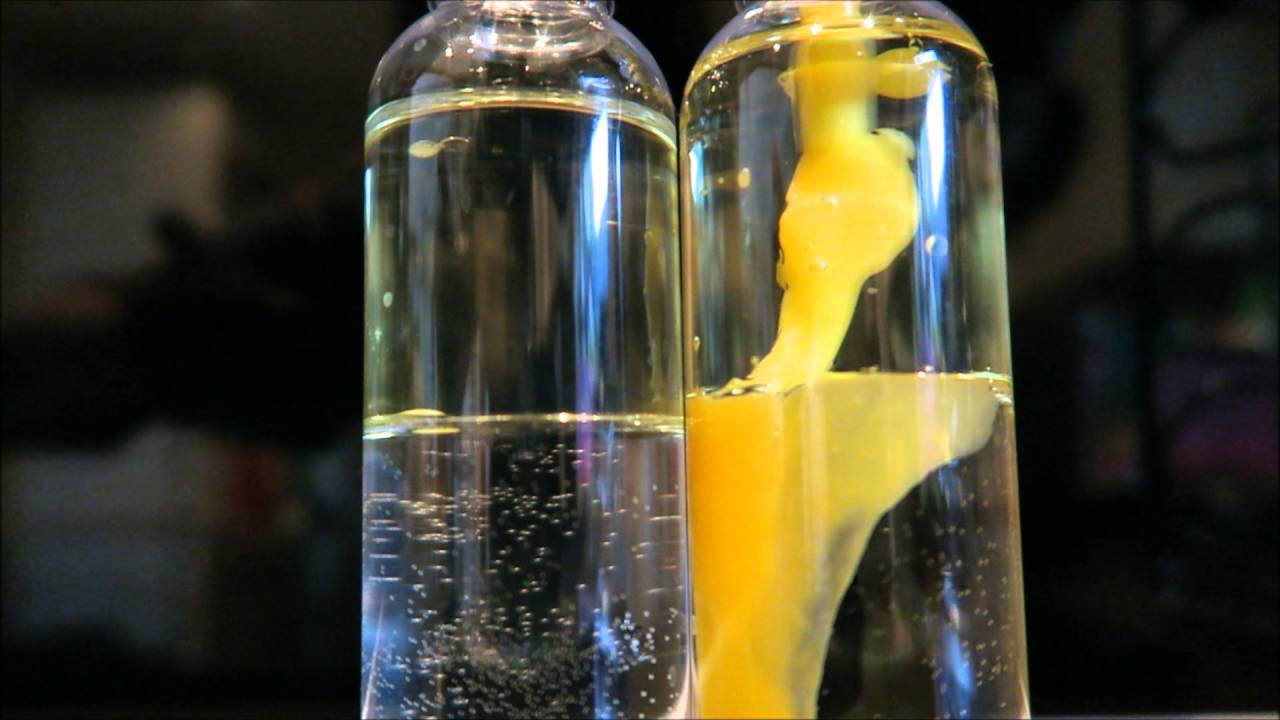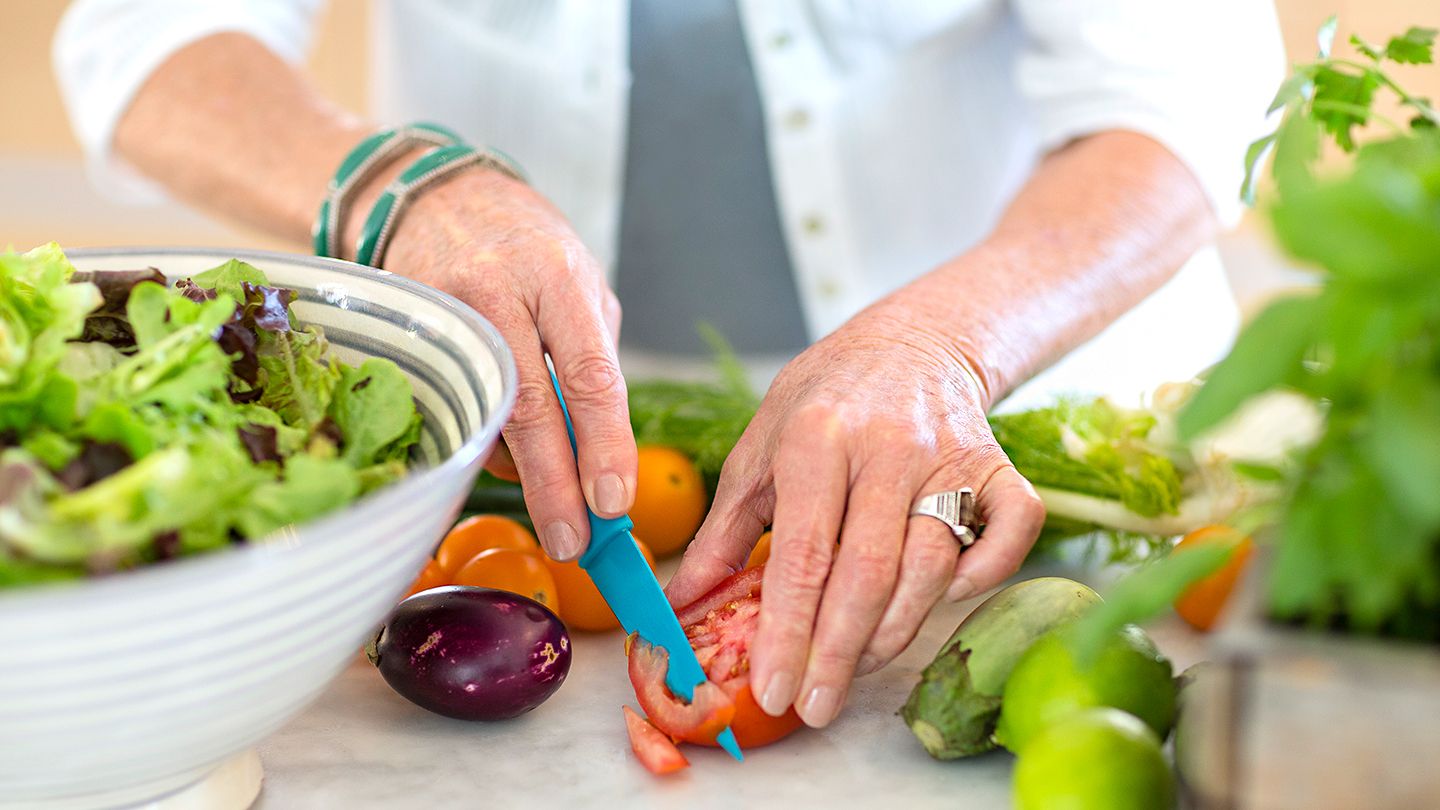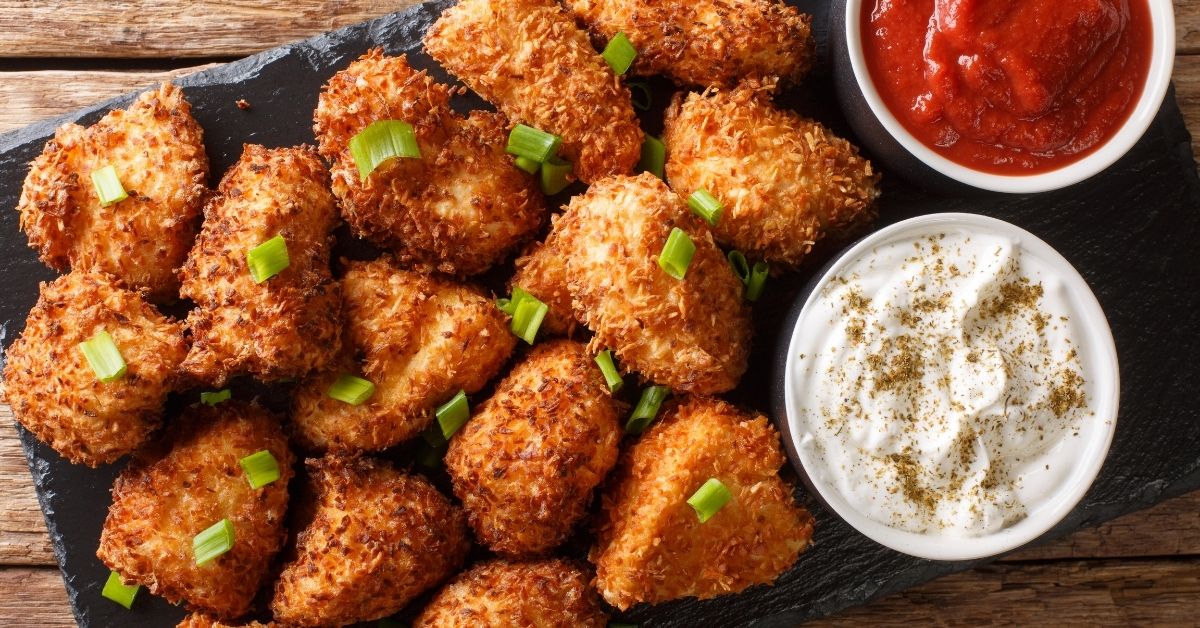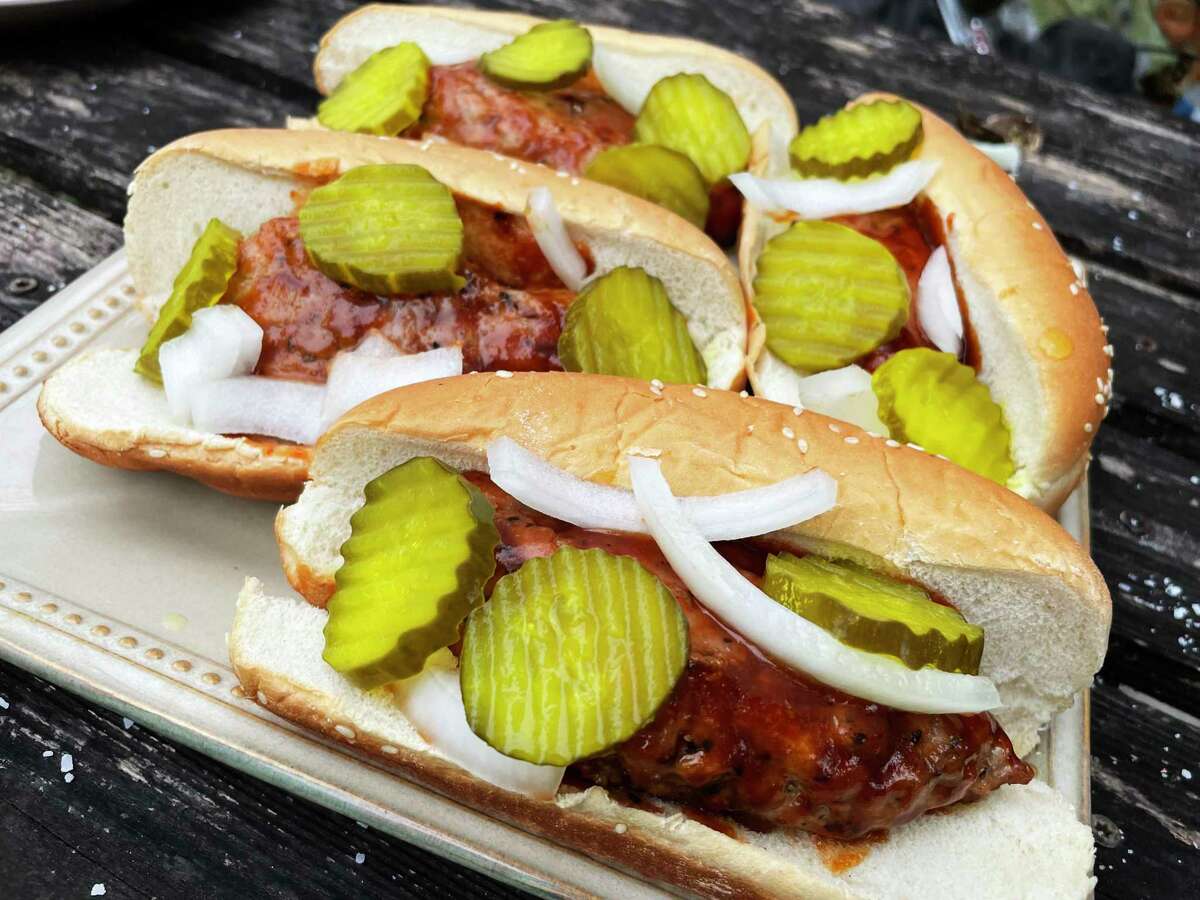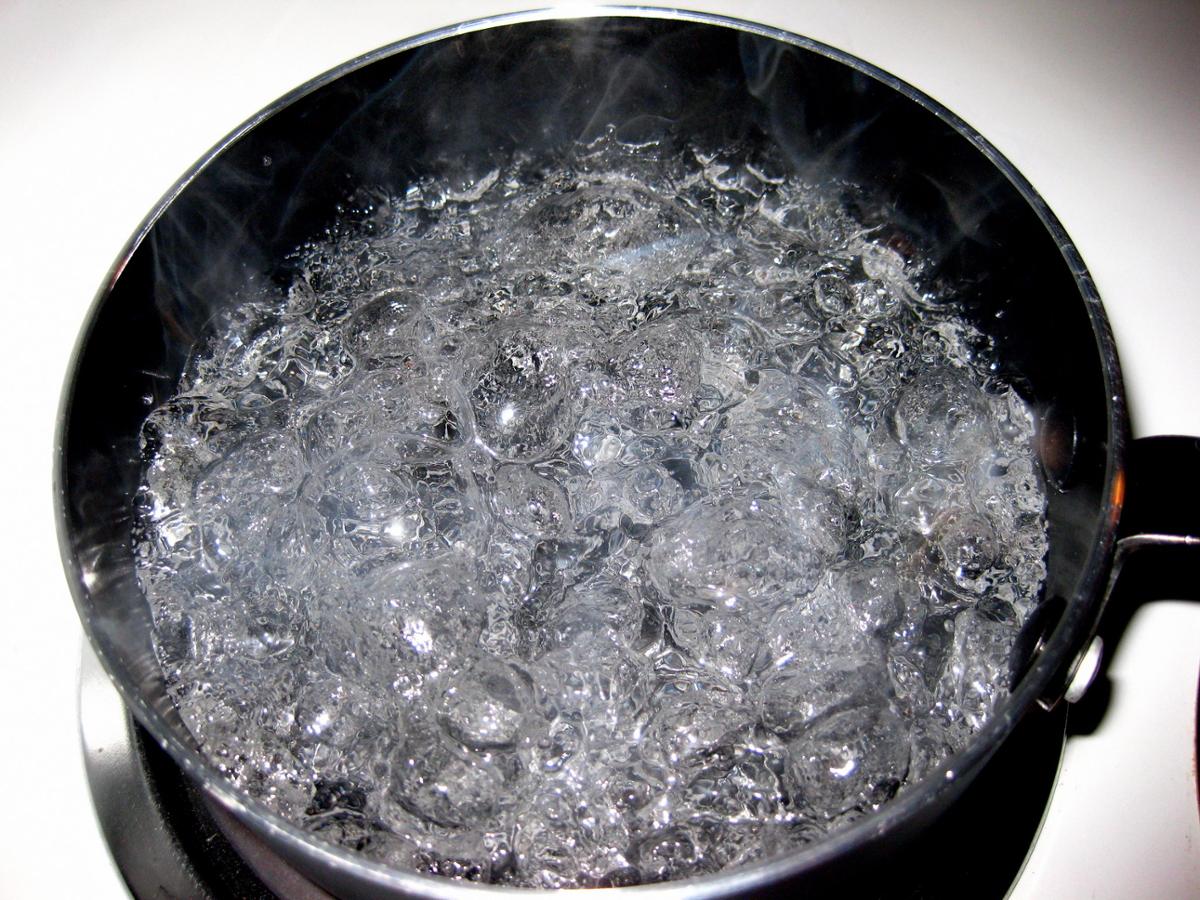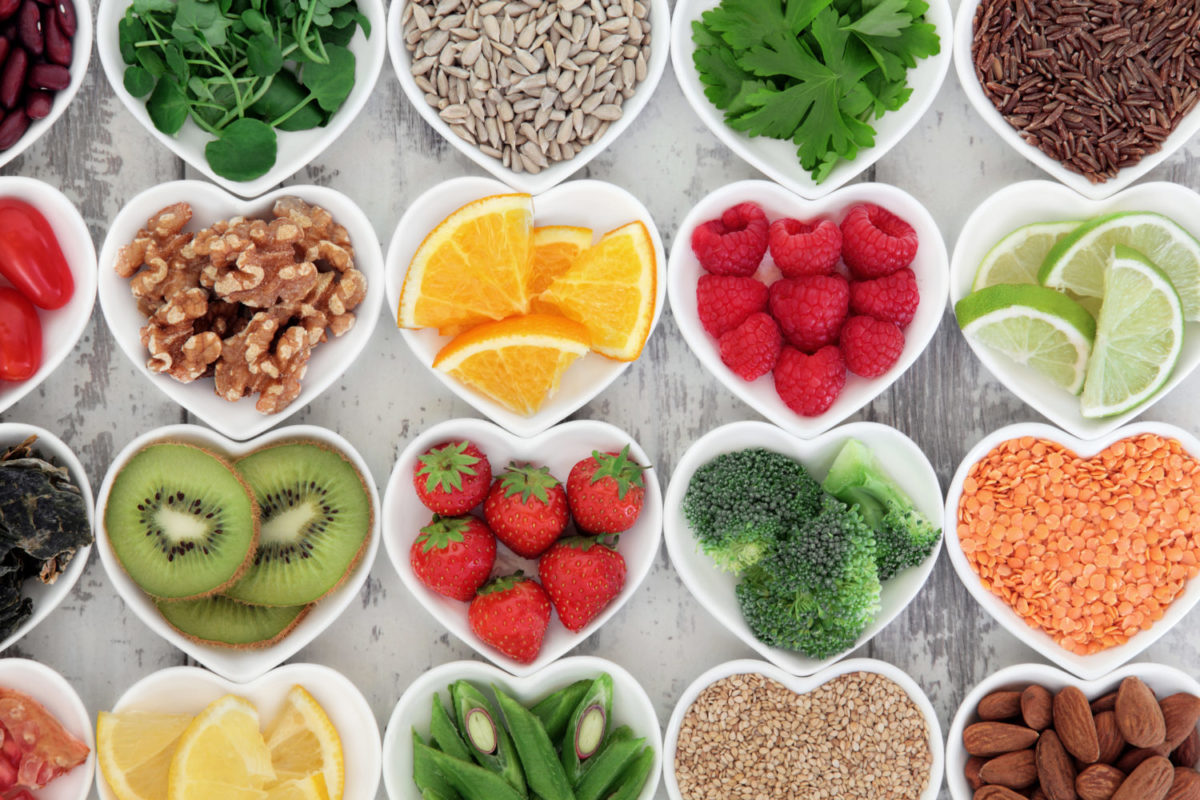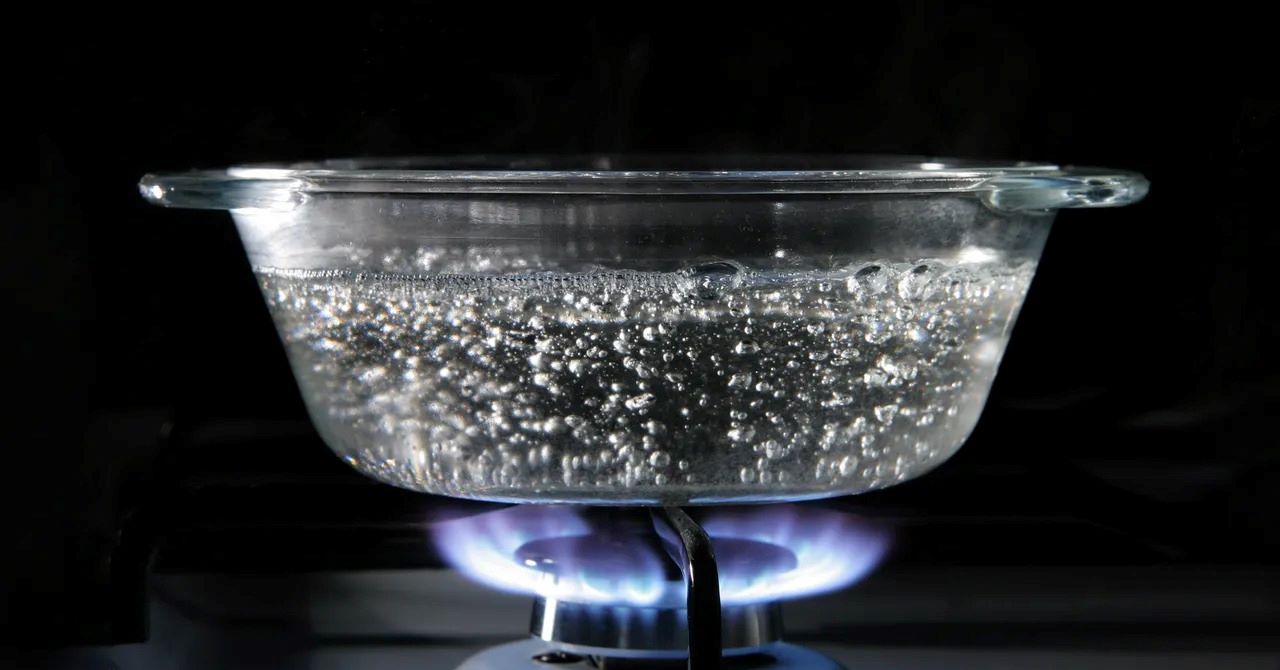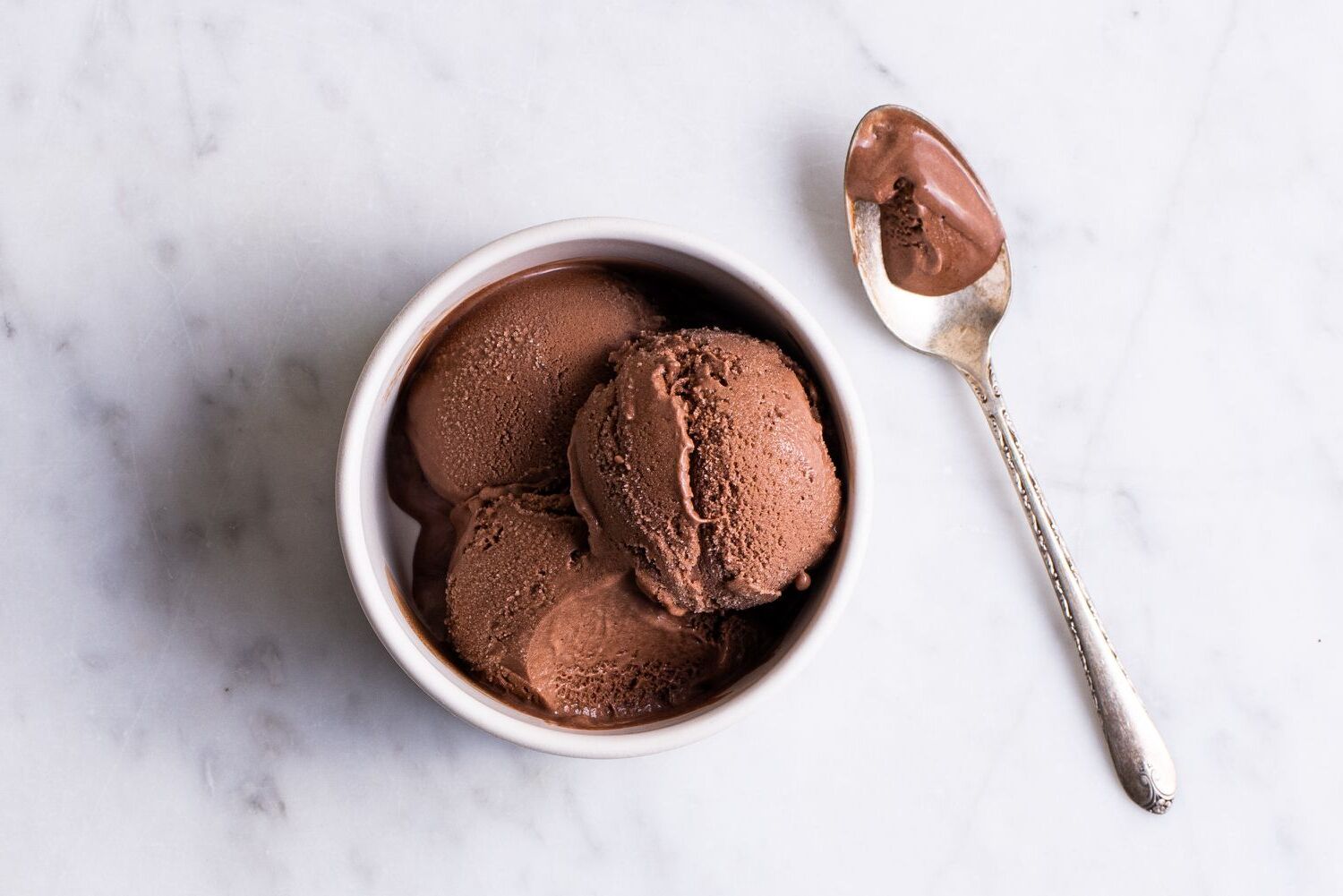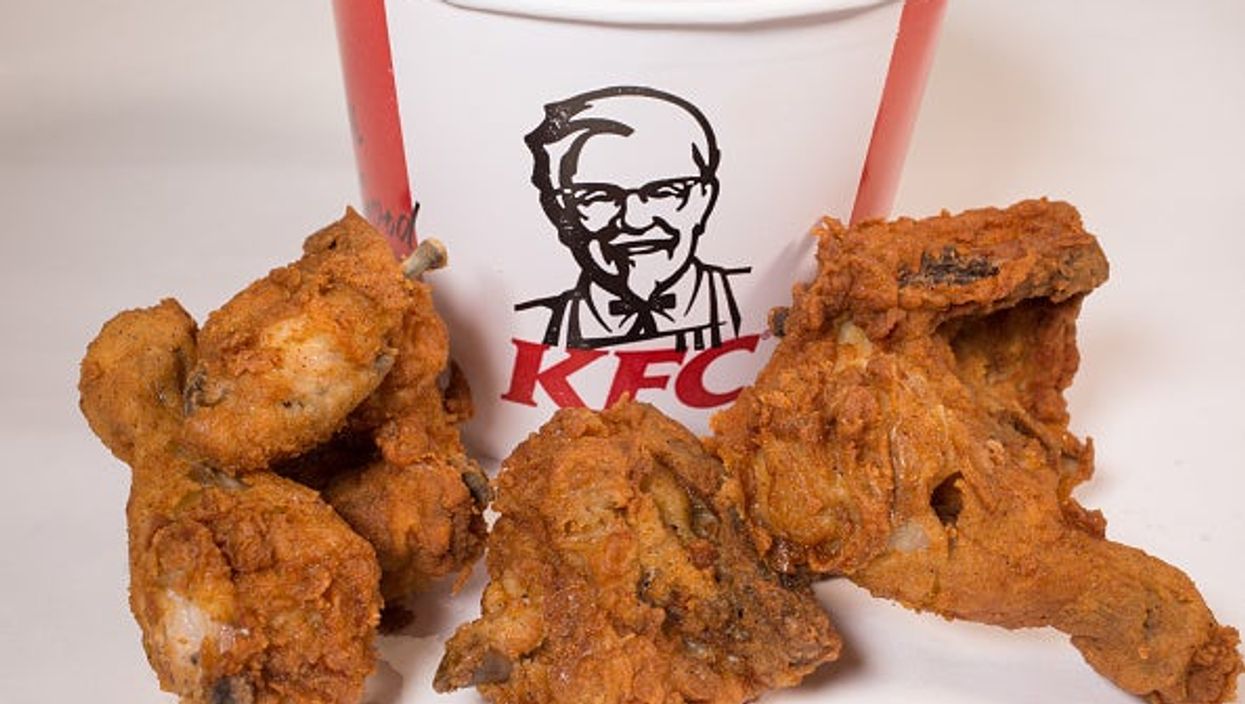Food color manipulation isn't just about making dishes look pretty. It involves understanding how colors affect our perception and appetite. Chefs and food scientists use natural and artificial dyes to enhance the visual appeal of food. This practice can make a dish look fresher, more vibrant, or even more luxurious. For example, adding a touch of red to strawberries can make them appear juicier. Understanding the science behind food color manipulation helps create visually stunning dishes that also taste amazing. Let's dive into the fascinating world of food colors and how they impact our dining experience.
Gather Your Ingredients for The Science of Food Color Manipulation
- Beet juice for vibrant reds
- Turmeric powder for bright yellows
- Spinach powder for deep greens
- Butterfly pea flower for blues and purples
- Activated charcoal for intense blacks
- Paprika for warm oranges
- Cabbage juice with pH adjustments for a range of colors
- Saffron for golden hues
- Cocoa powder for rich browns
- Carrot juice for light orange to deep amber tones
Essential Tools for Food Color Manipulation
- Food Coloring Kit: A variety of colors for precise hues
- Digital Scale: For accurate measurements of ingredients
- pH Meter: To test and adjust the acidity levels, affecting color
- Blender: For pureeing fruits and vegetables for natural dyes
- Fine Mesh Strainer: To filter out solids from homemade color extracts
- Saucepan: For reducing and concentrating color extracts
- Glass Jars: For storing natural colorants
- Pipettes: For adding small, precise amounts of color
- Gloves: To prevent staining hands
- Spatulas and Whisks: For mixing colors into dishes without scratching cookware
- Thermometer: To monitor temperatures when working with heat-sensitive colors
- Notebook and Pen: For recording formulas and results of color experiments
Manipulating food color involves understanding how hues affect perception of taste. Natural dyes, like beet juice for red or spirulina for blue, can alter a dish's visual appeal without changing its flavor.
The Importance of Food Color Manipulation
Food color manipulation isn't just about making dishes visually appealing. It taps into psychology, influencing how we perceive taste and aroma. Bright colors often signal freshness and flavor, enticing our senses even before we take a bite. This technique plays a crucial role in culinary presentation, enhancing the overall dining experience.
Moreover, altering food colors can affect our appetite and satisfaction. For instance, green might make a dish seem healthier, while red could trigger excitement and hunger. Chefs and food manufacturers use this knowledge to create dishes that not only look good but also evoke specific emotional responses, making meals memorable.
Step-by-Step Guide to The Science of Food Color Manipulation
-
Select Natural Colorants: Opt for fruits, vegetables, and spices that impart vibrant colors. Examples include beet juice for red, spinach powder for green, and turmeric for yellow.
-
Extract Colors: Simmer chosen colorants in water to extract their hues. Strain the liquid to remove any solids, leaving behind a concentrated color solution.
-
Adjust Color Intensity: Control the shade by varying the amount of water used during extraction. Less water results in a more concentrated color, while more water produces a lighter shade.
-
Test pH Levels: Understand that the pH of your dish can alter the final color. For instance, adding lemon juice (acidic) to purple cabbage juice (basic) can change its color from purple to pink.
-
Combine with Dish: Mix the natural color solution with the food item you wish to color. For baked goods, incorporate the colorant into the batter. For other dishes, blend it with the liquid ingredients.
-
Use Powders for Dry Applications: When coloring dry or powdered products, like sugar for sprinkles, use powdered forms of colorants such as freeze-dried fruit powders.
-
Store Properly: Keep any unused natural colorants in airtight containers in the refrigerator. Note that some colors may fade over time, so it's best to use them within a few days.
-
Experiment with Temperature: Be aware that high temperatures can sometimes fade natural colors. To maintain vibrancy, add colorants towards the end of the cooking process when possible.
-
Enhance Colors with Combinations: Mix different natural colorants to create new shades. Blueberry juice mixed with a bit of turmeric can yield a vibrant purple, for example.
-
Consider Texture: Adding liquid colorants to certain dishes can alter their texture. To avoid this, reduce the liquid content elsewhere in the recipe to compensate.
-
Embrace Variability: Natural colorants can produce varying results depending on their source and concentration. Embrace these variations as part of the charm of using natural ingredients.
-
Practice Food Safety: Ensure all colorants are food grade and safe for consumption. Avoid using decorative plants or non-edible flowers as color sources.
-
Document Results: Keep notes on the types of colorants used, their quantities, and the outcomes. This documentation can help refine techniques and reproduce successful colors in future projects.
Bringing It All Together
Understanding food color manipulation can transform your cooking. Using natural ingredients like beet juice, turmeric, and spirulina not only adds vibrant hues but also keeps dishes healthy. Remember, the pH levels in foods can change colors dramatically. For instance, adding lemon juice to red cabbage turns it pink. Experimenting with these techniques can make your dishes visually appealing and fun to eat.
Don't forget, presentation matters. A well-plated dish with a pop of color can elevate the dining experience. Whether you're cooking for family or hosting a dinner party, mastering food color manipulation can impress your guests and make meals more enjoyable.
So, next time you're in the kitchen, play around with colors. You'll be amazed at how a little color can make a big difference. Happy cooking!
Frequently Asked Questions About Food Color Manipulation
How does food color manipulation work?
Food color manipulation involves using natural or synthetic colorants to change the appearance of food. This can be done through dyes, pigments, or even chemical reactions that alter the food's natural color.
Are natural colorants better than synthetic ones?
Natural colorants come from plants, animals, or minerals and are often considered safer and healthier. However, they can be less stable and more expensive than synthetic colorants, which are made from chemicals and can provide more consistent results.
Can food color affect taste?
Surprisingly, yes! Food color can influence our perception of taste. For example, a bright red apple might seem sweeter than a green one, even if they taste the same. Our brains associate certain colors with specific flavors.
What are some common natural colorants?
Some popular natural colorants include beet juice for red, turmeric for yellow, spirulina for blue, and spinach for green. These are often used in cooking and baking to achieve vibrant colors without synthetic additives.
Is food color manipulation safe?
Generally, yes. Both natural and synthetic colorants are regulated by food safety authorities like the FDA. However, some people may have allergies or sensitivities to certain colorants, so it's always good to check labels.
Why do chefs use food color manipulation?
Chefs use food color manipulation to make dishes more visually appealing. A colorful plate can enhance the dining experience, making food look more appetizing and exciting. It's a way to play with our senses and elevate the presentation.
Can I use food color manipulation at home?
Absolutely! You can experiment with natural colorants like beet juice, turmeric, or matcha powder. Just add them to your recipes to create fun, colorful dishes. It's a great way to get creative in the kitchen.

